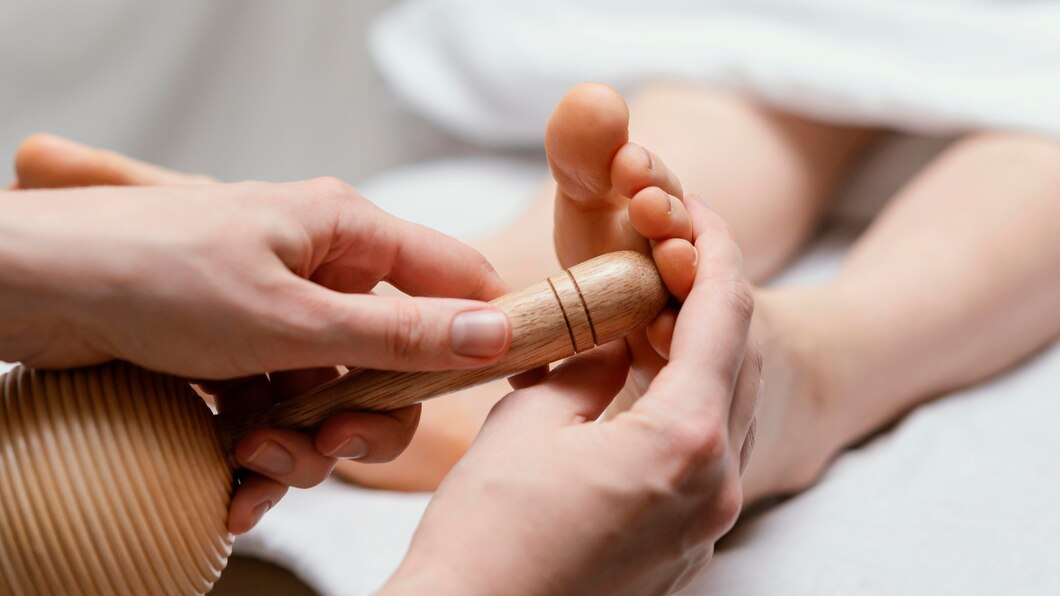Discover Your Perfect Healer Today!
Our online practitioner directory connects you with a wide range of healers to suit your unique needs.
Easily search and find the right professional to support your wellness journey.
Start exploring today to find your perfect match.
Modality
Disease
Books
Products
Events
Training
Blogs
Herbal Medicine
Beyond Tea: What herbs are good for healing?
Recognition of the past seems to be the easiest part; remembering is hard. The thought of making a cup of chamomile tea before bed or ...
Read More → Written by
John Smith
Occupational Therapist
What to Expect During an Occupational Therapy Session: A Guide
Occupational therapy is an individual, activity-based intervention aimed toward recovery or enhancement of the patient’s ability to engage in daily activities. Knowing what happens in ...
Read More → Written by
James Williams
Reflexology
Combining Reflexology with Conventional and Complementary Therapies
Reflexology has increasingly been applied not only as a single therapy but combined with both conventional and other holistic treatments. Many people benefit from integrating ...
Read More → Written by
John Smith
Reflexology
The Historical Roots of Reflexology: A Journey Through Time
Reflexology is a practice that has been in history from the time of the old civilization. Today, it is considered one of the most significant ...
Read More → Written by
John Smith
Homeopathy
Why is Homeopathy Criticized? Unpacking the Controversy
Homeopathy is an alternative medicine which was established in the 18th century. It has become a matter of debate in recent times. Despite this, patients ...
Read More → Written by
James Williams
Lyme Disease
The Connection Between Chronic Fatigue and Lyme disease
Explore Our Online Practitioner Directory Now. The Connection Between Chronic Fatigue and Lyme disease If you’ve ever felt completely drained for days or even weeks ...
Read More → Written by
Web Master






